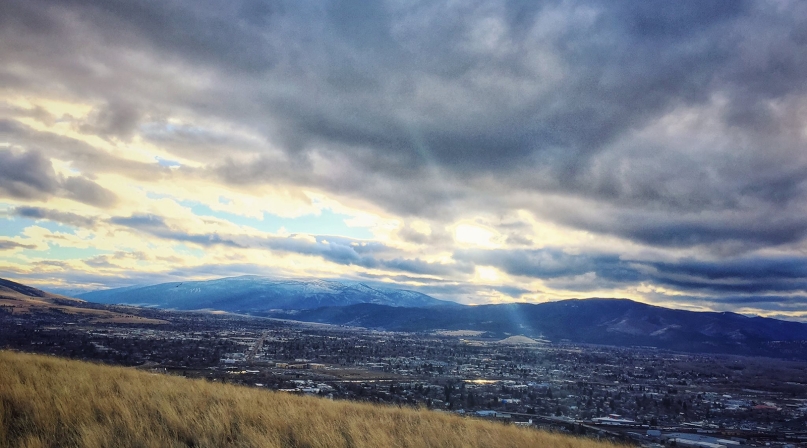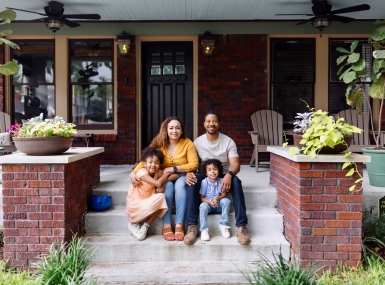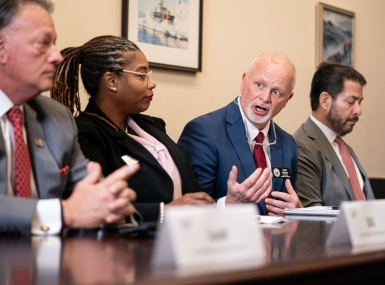Missoula County, Montana builds resilience with partnerships
Upcoming Events
Related News

Key Takeaways
Missoula County, Mont. covers approximately 2,600 square miles in the western part of the state. Five large valleys and two major rivers wind through this mountainous region. Missoula County has a population of approximately 110,900 people and the county seat is the City of Missoula.
While changing climate conditions are a global challenge, the impacts are experienced at the local level, and it falls to local communities to address them. Missoula is already experiencing these impacts, and they are projected to intensify over the coming decades and to touch every sector of the county.
Changes are likely to include reduced low elevation snowpack, earlier spring snowmelt, more frequent and intense droughts and wildfires, and impacts to agriculture and recreation. The earlier the county understands and prepares for these changes, the greater their chances of reducing the impacts on human health and safety, the natural environment and the local economy.
Missoula County is partnering with the City of Missoula and Climate Smart Missoula to lead Climate Ready Communities: Building Resiliency in Missoula County, a county-wide effort to better understand the county’s greatest vulnerabilities in the face of climate change and to develop a coordinated plan to prepare the county for the changes it is facing.
This climate resilience planning process began in fall 2018 and will take 12-16 months to complete. It generally follows the guidelines of the Climate Ready Communities program developed by the Geos Institute. The process relies on community engagement and involves a broad range of local stakeholders from diverse sectors including public health, emergency services, agriculture, forestry, recreation, business, underrepresented communities, and local water, energy, and transportation systems.
The Climate Resilience team created an informative Climate and Community Primer that outlines the county attributes, climate projections for the area and expected impacts of the climate on the county. (You can see it here: https://bit.ly/2OmctwZ.)
This document provided key background information for the vulnerability workshop that convened in December 2018. The workshop had broad stakeholder involvement and was a major milestone in Missoula County’s planning process.
The team is using the results of the workshop to develop a vulnerability assessment that will provide the starting point for a strategies development workshop, which convened in May to identify strategies that make sense for Missoula County. The team will move forward with finalizing the plan and implementation process to help the community build climate resilience.
The Climate Ready Communities Program
Missoula County, the City of Missoula and Climate Smart Missoula jointly participated in the beta testing for the Geos Institute’s Climate Ready Communities program and subsequently enrolled in the program’s Annual Support service in September 2018. The Missoula team is utilizing the program’s Practical Guide to Building Climate Resilience as well as the templates and tutorials from the Annual Support service as a central element in their climate resilience planning process.
“We find these tools to be effective and designed with a community user’s perspective in mind,” said Diana Maneta, the county’s Energy Conservation and Sustainability coordinator. “We appreciate the step-by-step approach as well as the fact that the program is flexible, allowing us to make modifications as needed to fit our specific circumstances. We also appreciate the opportunity to consult with the experts at the Geos Institute as we go through the process.”
Diana Maneta contributed to this article.
Attachments
Related News

Padilla calls for common sense bipartisanship to tackle disasters, mental health crisis
Sen. Alex Padilla (D-Calif.) started learning about wildfire damage firsthand as a Senate staffer in the 1990s, which gave him experience and perspective seeing how counties responded after disasters.

U.S. Senate reintroduces bipartisan disaster mitigation bill to support homeowners
On January 30, a bipartisan group of senators reintroduced the Disaster Mitigation and Tax Parity Act of 2025, a bill aimed at eliminating federal taxation of state-provided residential mitigation grants. NACo previously supported this legislation and continues to advocate for its passage to support county resilience efforts.
